Soft drinks have been bubbling through American culture for over 150 years, creating brand loyalties that span generations. From medicinal tonics to refreshing treats, these carbonated beverages tell the story of American innovation and changing tastes. Some brands have stood the test of time while others fizzled out, leaving behind only memories and vintage bottles for collectors.
1. Vernors Ginger Ale (1866)
The granddaddy of American sodas began with a happy accident. Pharmacist James Vernor left his experimental ginger syrup in an oak barrel when he went to fight in the Civil War.
Upon returning four years later, he discovered the aging process had transformed his creation into something magical. The Detroit-born beverage remains fiercely defended by Michiganders who insist on its superiority over other ginger ales. Its bold, barrel-aged flavor and intense carbonation (locals call it “mouse-burning”) create a unique drinking experience.
Vernors fans swear by its medicinal properties for settling upset stomachs, and many Michigan households still keep it on hand as a home remedy. The iconic gnome mascot has become a beloved symbol of Detroit’s entrepreneurial spirit.
2. Hires Root Beer (1876)
Charles Hires, a Philadelphia pharmacist with Quaker roots, stumbled upon a herbal tea recipe while on his honeymoon. Recognizing its commercial potential, he transformed it into a concentrated root beer extract that households could brew at home. Hires made marketing history when he introduced his creation at the 1876 Philadelphia Centennial Exhibition.
Ironically, despite being created by a temperance-supporting Quaker, Hires initially marketed his beverage as “root tea” to avoid the alcoholic connotations of “beer” before embracing the more appealing name.
The distinctive sassafras flavor (later modified when the FDA banned sassafras oil) helped establish root beer as an American classic. Though ownership has changed hands multiple times, Hires remains available today as part of the Keurig Dr Pepper portfolio.
3. Dr Pepper (1885)
Before there was Coke or Pepsi, there was Dr Pepper. Created by pharmacist Charles Alderton in Morrison’s Old Corner Drug Store in Waco, Texas, this unique blend of 23 flavors defied categorization from day one. The drink’s unusual name remains shrouded in mystery.
Some claim it honored a real doctor, while others suggest the “Dr.” prefix was added to suggest health benefits (a common marketing tactic of the era). The period after “Dr” was removed in the 1950s for stylistic reasons. Dr Pepper’s fan base grew slowly but steadily, particularly in the South.
The brand’s outsider status was embraced in its iconic “I’m a Pepper” advertising campaign of the 1970s. Today it ranks as America’s oldest major soft drink still in wide distribution.
4. Coca-Cola (1886)
Perhaps no product better symbolizes American global influence than the caramel-colored creation of Atlanta pharmacist John Stith Pemberton.
Businessman Asa Griggs Candler acquired the formula in 1891 and transformed Coca-Cola from a local curiosity into a national phenomenon through aggressive marketing.
The distinctive contour bottle, introduced in 1915, became one of the most recognized objects on Earth. During World War II, Coca-Cola followed American troops overseas, cementing its status as a global icon of American culture that transcended mere refreshment.
5. Pepsi-Cola (1893)
Caleb Bradham, a New Bern, North Carolina pharmacist, created what he initially called “Brad’s Drink” as a digestive aid and energy booster. The cola, renamed Pepsi-Cola in 1898 (after the digestive enzyme pepsin and kola nuts), might have remained a regional curiosity if not for a stroke of Depression-era marketing genius.
When sugar prices plummeted during the 1930s economic crisis, Pepsi doubled its bottle size to 12 ounces while keeping the 5-cent price of Coca-Cola’s 6-ounce bottle. This value proposition, advertised in groundbreaking radio jingles, helped establish Pepsi as a serious competitor.
Pepsi later pioneered demographic targeting with campaigns aimed at younger consumers and African Americans. The “Pepsi Challenge” blind taste tests of the 1970s further cemented its position as Coke’s chief rival in the ongoing “cola wars.”
6. Moxie (1876)
Long before “moxie” meant courage, it was America’s first mass-marketed soft drink. Created by Dr. Augustin Thompson as a medicinal tonic called “Moxie Nerve Food,” this distinctive beverage contains gentian root extract, giving it a polarizing bitter flavor that fans adore and first-timers often struggle with.
Moxie’s aggressive early marketing included the first branded celebrity endorsements, promotional items, and even a Moxiemobile with a giant bottle on top. The drink became so popular that by 1920, its name entered the American lexicon as a synonym for courage and determination.
Though now primarily a regional favorite in New England (and Maine’s official state soft drink), Moxie represents American soft drink history in its purest form. Its bitter botanical flavor profile harkens back to an era when sodas were developed by pharmacists and marketed for their supposed health benefits rather than just sweet refreshment.
7. Schweppes Tonic Water (1783)
Swiss watchmaker Jacob Schweppe pioneered artificial carbonation techniques in Geneva, creating the world’s first commercially produced carbonated mineral water. His innovation—using a mechanical compression system rather than natural spring carbonation—revolutionized beverage production.
The addition of quinine, used by British colonials to prevent malaria, created tonic water. This bitter medicinal drink became more palatable when mixed with gin and lime by British officers in India, inadvertently creating one of history’s most enduring cocktails. Schweppes crossed the Atlantic in the late 1800s, where Americans embraced its sophisticated European heritage.
The distinctive bitter flavor and effervescent quality (marketed as “Schweppervescence”) established it as the premium mixer of choice. Though technically predating American sodas, Schweppes represents the European roots of the carbonated beverage industry that would flourish in America.
8. Nehi (1924)
Bursting onto the scene with vibrant colors and fruit flavors, Nehi (pronounced “knee-high”) became a Depression-era sensation. The Chero-Cola Company created these fruit-flavored sodas as a companion to their cola product, but the fruity offerings quickly outshined their original beverage.
The company eventually renamed itself after its more successful product line. Nehi’s distinctive bottles—which some say earned the name because they stood knee-high—contained bright orange, grape, peach, and other fruit flavors that provided an affordable luxury during difficult economic times. Nehi gained renewed cultural recognition when featured as the favorite drink of Corporal Radar O’Reilly in the TV series M*A*S*H.
Though less prominent today, Nehi (now owned by Keurig Dr Pepper) represents an important chapter in soda history when regional bottlers created distinctive alternatives to the dominant cola market with bold fruit flavors and colorful branding.
9. 7Up (1929)
Originally called “Bib-Label Lithiated Lemon-Lime Soda,” this refreshing beverage contained lithium citrate, a mood-stabilizing drug now used to treat bipolar disorder. Creator Charles Leiper Grigg launched it just before the 1929 stock market crash, perhaps perfect timing for a drink containing a mood enhancer.
The catchy name “7Up” replaced the unwieldy original, though its origins remain debated. Some claim it referenced the drink’s seven ingredients, while others suggest it represented the 7-ounce bottle size. The lithium remained in the formula until 1950 when regulations changed. 7Up’s clean, crisp taste made it popular as a mixer and stomach settler.
Marketing as “The Uncola” during the 1970s cemented its identity as the anti-establishment alternative to dark colas. Though now owned by Keurig Dr Pepper in the US and PepsiCo internationally, 7Up remains the definitive lemon-lime soda in many regions.
10. RC Cola (1905)
The perpetual bronze medalist in the cola wars began as “Chero-Cola” in the basement of a Georgia grocery store. Pharmacist Claud A. Hatcher, frustrated by the high prices Coca-Cola charged retailers, decided to create his own soft drinks for his family’s grocery business.
Renamed Royal Crown Cola in 1934, RC built its reputation through innovation. The company pioneered the first diet cola (Diet Rite, 1958), the first caffeine-free cola (RC 100, 1980), and was first to widely adopt aluminum cans. Despite these firsts, RC remained in the shadow of its larger competitors.
The brand found its cultural niche in the American South, where the “RC Cola and Moon Pie” combination became an iconic working-class lunch. Though lacking the marketing budgets of Coke and Pepsi, RC Cola’s underdog status has earned it a dedicated following who appreciate its slightly less sweet, distinctively crisp flavor profile.
1. Bubble Up (1919)
Seven years before 7Up hit the market, A.L. McCormick introduced Bubble Up as America’s first nationally distributed lemon-lime soda. With its distinctive slogan “A Kiss of Lemon, A Kiss of Lime,” Bubble Up established the template for what would become one of America’s favorite soda categories.
The clear, effervescent beverage initially thrived, expanding distribution across the country. Its early advantage couldn’t withstand the marketing muscle of 7Up, which eventually overshadowed the pioneer. Ownership changed hands multiple times throughout the decades, with each new company failing to recapture Bubble Up’s early momentum.
Today, Bubble Up exists as a nostalgic curiosity, produced in limited quantities by the Dad’s Root Beer Company. Its legacy lives on in the lemon-lime category it helped create, while collectors eagerly seek vintage Bubble Up advertisements and bottles as reminders of the brand that bubbled up, then faded away.
2. Kickapoo Joy Juice (1965)
Named after a fictional moonshine from the popular “Li’l Abner” comic strip, Kickapoo Joy Juice transformed from illustrated joke to actual beverage when the Monarch Beverage Company licensed the name.
The citrus-flavored soda with a hillbilly marketing angle found surprising success in the American South and, oddly enough, throughout Asia. The drink’s marketing leaned heavily into its backwoods cartoon origins. Early commercials featured actors in hillbilly attire promoting the “wallop” of the citrus concoction. The bright green color and sweet-tart flavor profile made it particularly popular with children.
While mostly vanished from American shelves by the 1990s, Kickapoo Joy Juice maintains a cult following in Malaysia, Singapore, and other Asian markets where it’s still produced. American fans occasionally find imported bottles or limited regional productions, keeping alive this curious soft drink that bridged comic strips and reality.
3. Jolt Cola (1985)
“All the sugar and twice the caffeine” wasn’t just a marketing slogan—it was a battle cry for a generation of computer programmers, college students, and night-shift workers. Launched when America was becoming increasingly health-conscious, Jolt Cola brazenly celebrated the very ingredients other sodas were downplaying.
The brainchild of C.J. Rapp, Jolt positioned itself as the anti-diet drink, promising the energy boost consumers secretly wanted. Its distinctive battery-themed logo and lightning bolt imagery perfectly captured its purpose: maximum stimulation in a bottle. Jolt developed a cult following among the emerging tech community, fueling early hackathons and programming marathons.
Though it never challenged the major brands in sales volume, Jolt’s cultural impact was significant. After several reformulations and ownership changes, Jolt largely disappeared from shelves, though occasional revival attempts keep the high-octane legend alive.
4. Citrus Hill (1980s)
Coca-Cola’s ambitious entry into the orange juice market turned into one of the beverage industry’s most notable failures. Launched to compete with Minute Maid (ironically later acquired by Coca-Cola), Citrus Hill initially gained traction with its premium positioning and distinctive green packaging.
The brand’s downfall came from a labeling controversy that reads like a business school case study. Packages labeled “Fresh Choice” actually contained processed, reconstituted juice, leading to a confrontation with the FDA that damaged consumer trust beyond repair. Federal agents actually seized thousands of cases of the product in 1991, generating damaging headlines nationwide.
Coca-Cola quickly discontinued the brand rather than try to rebuild its reputation. Citrus Hill’s brief existence serves as a cautionary tale about truth in advertising and regulatory compliance, while empty bottles and cans have become collector’s items representing a major misstep by an otherwise marketing-savvy company.
5. OK Soda (1993)
Perhaps the strangest major soda launch in history, OK Soda was Coca-Cola’s attempt to capture the cynical Generation X market through anti-marketing marketing. The gray cans featured artwork by alternative cartoonists and nihilistic copy that seemed to mock the very idea of soda advertising. O
K Soda’s flavor was intentionally difficult to describe—somewhere between cola and fruit punch. The brand’s manifesto included lines like “What’s the point of OK? Well, what’s the point of anything?” and established an “OK Hotline” where callers could hear deadpan messages about accepting mediocrity.
Test marketed in just a few cities, OK Soda lasted only seven months before Coca-Cola pulled the plug. Marketing scholars still debate whether it was ahead of its time or fundamentally misguided. Either way, OK Soda achieved a posthumous cult status that probably exceeds what it would have gained through success, with collectors paying hundreds for unopened cans of this bizarre soft drink experiment.
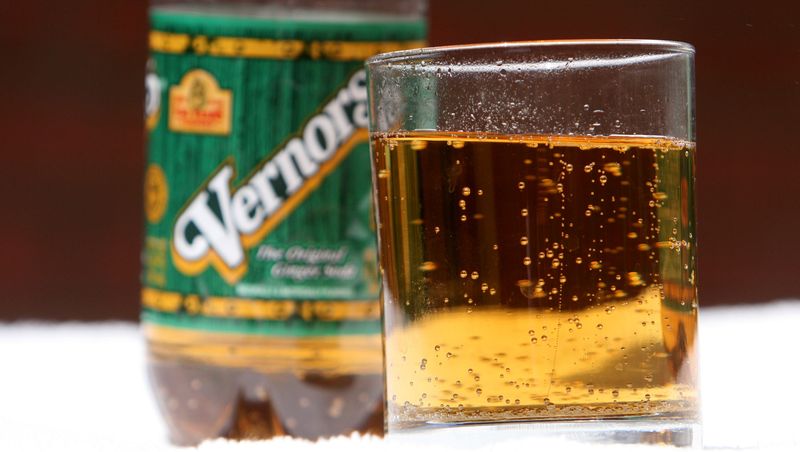
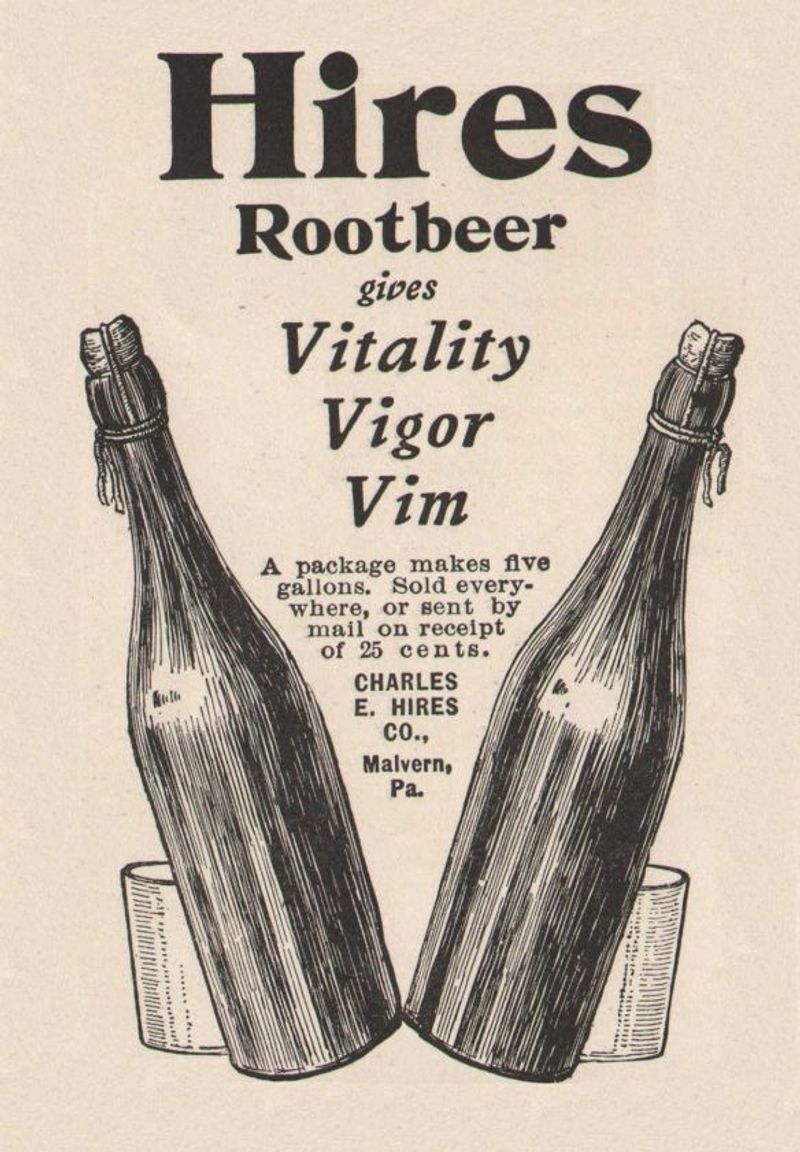
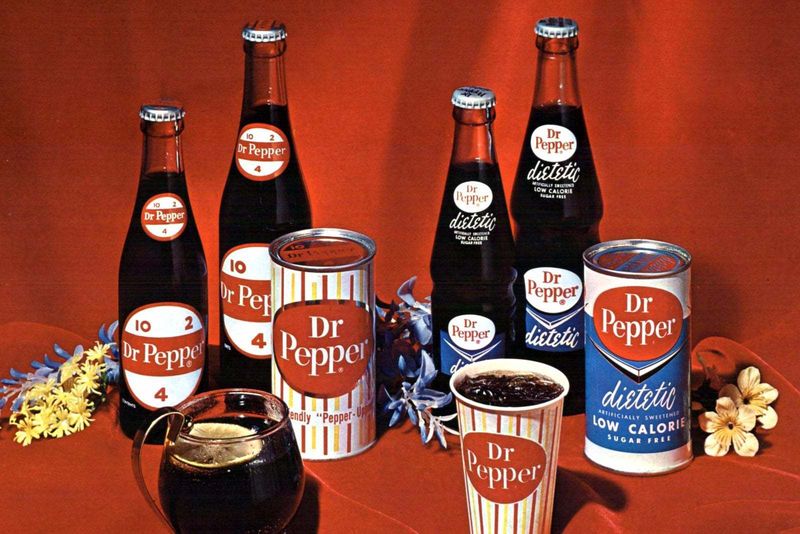
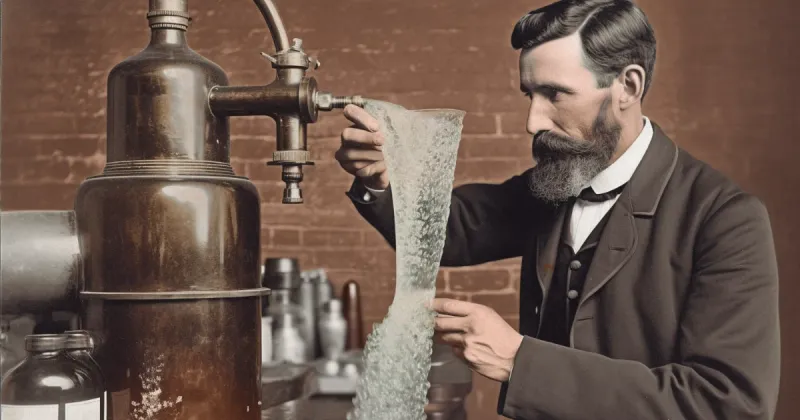
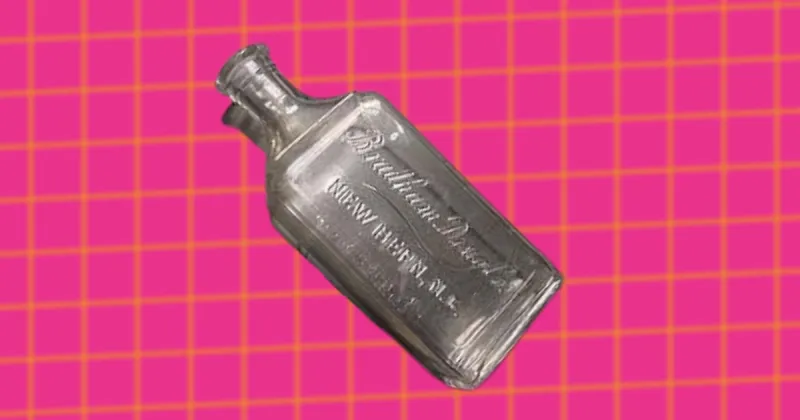
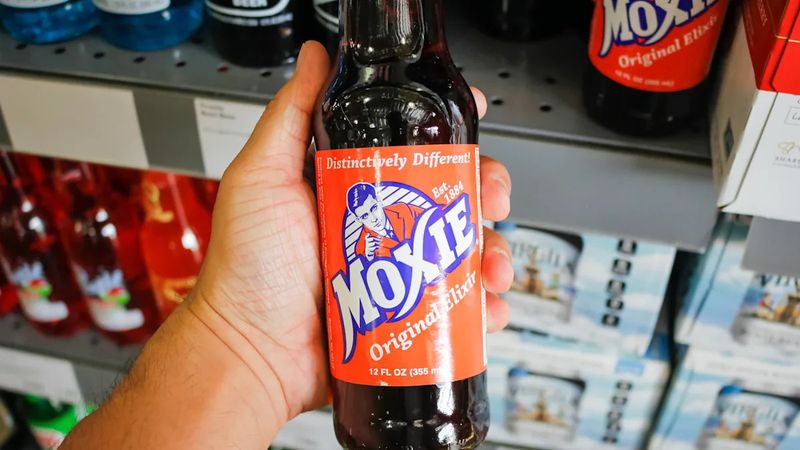
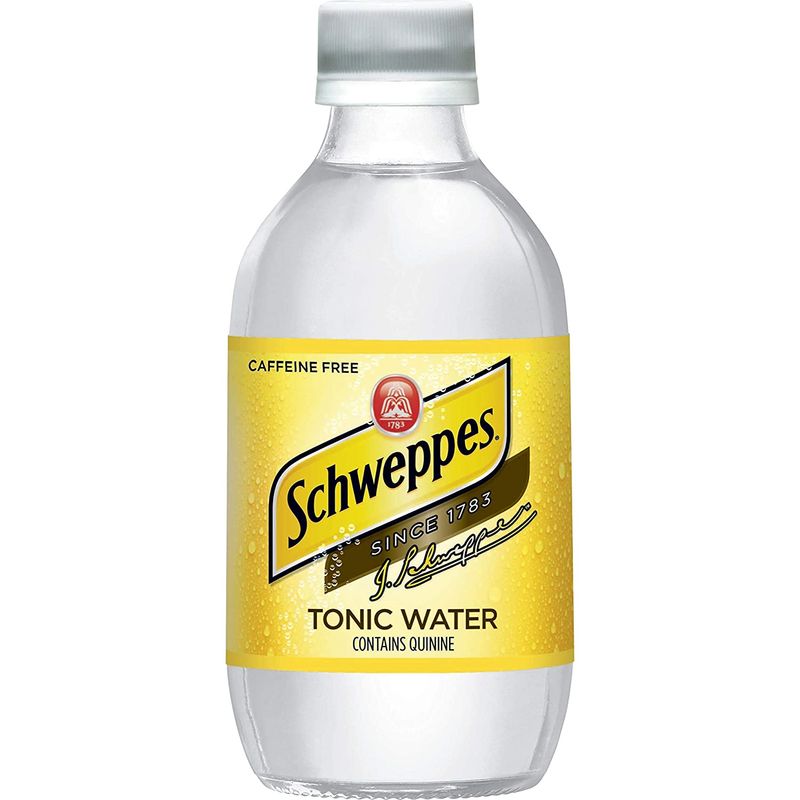
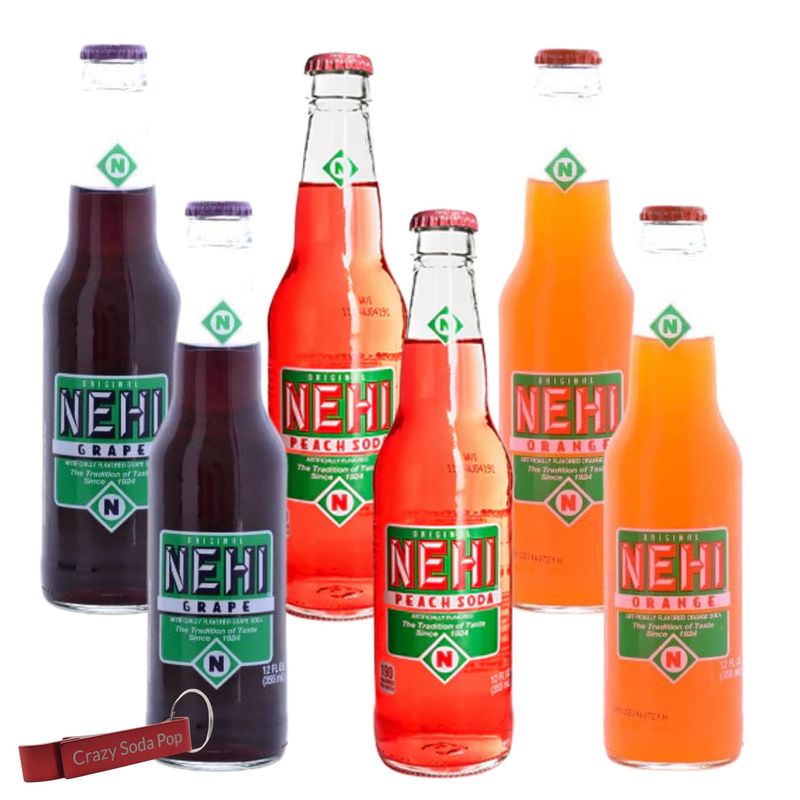
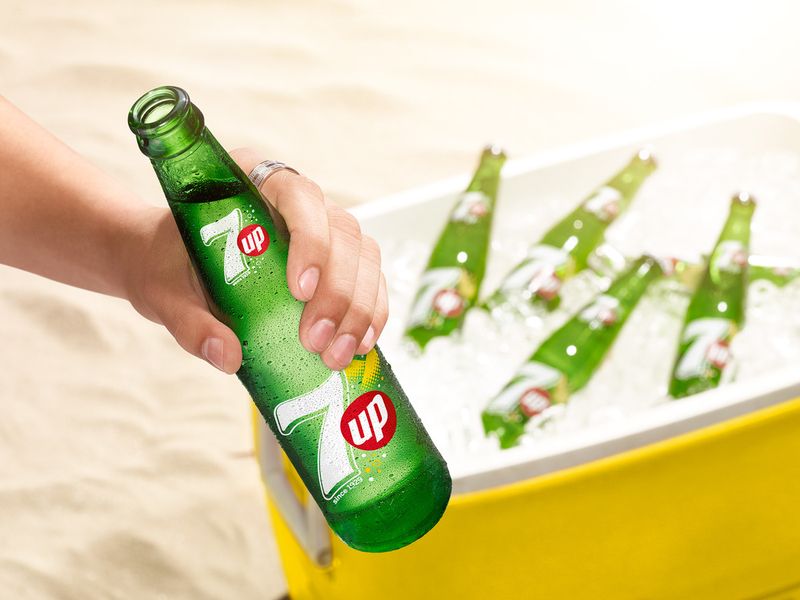
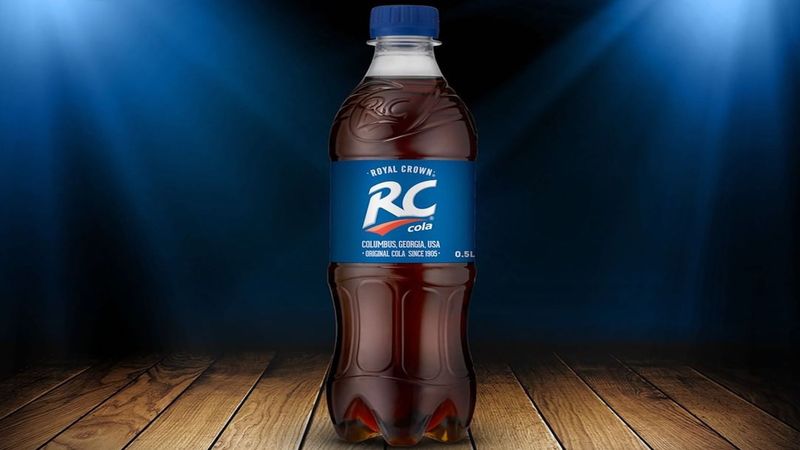

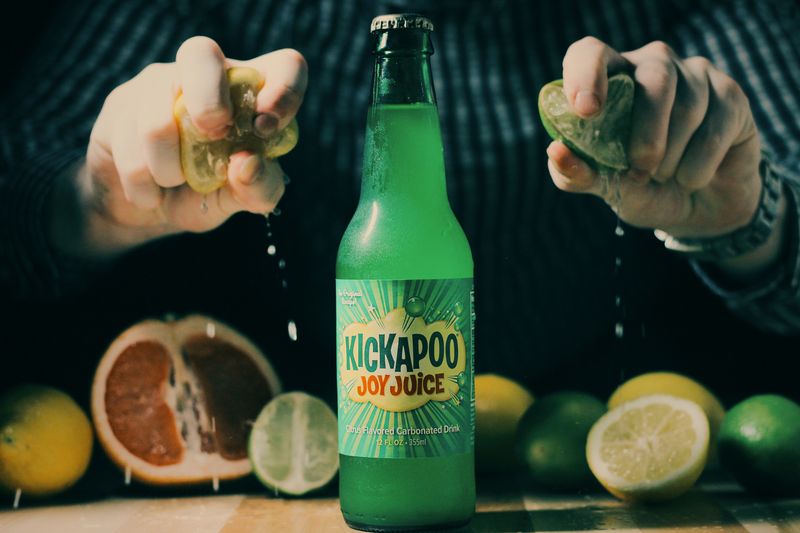
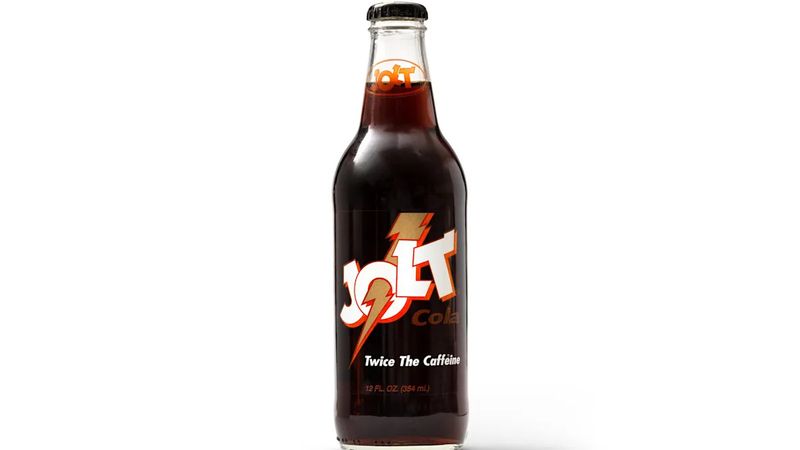
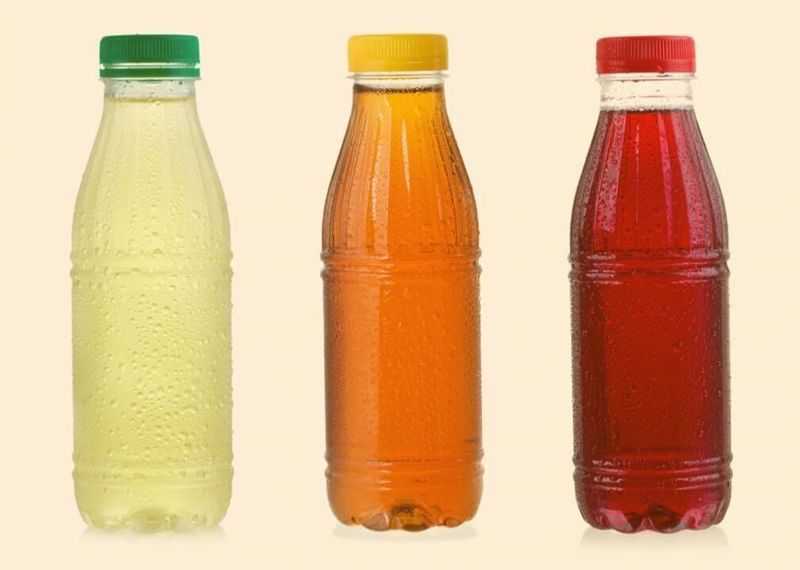
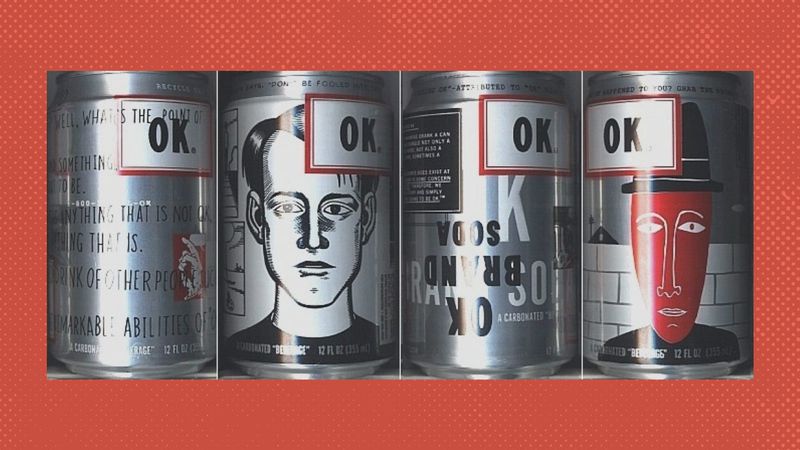
Leave a comment